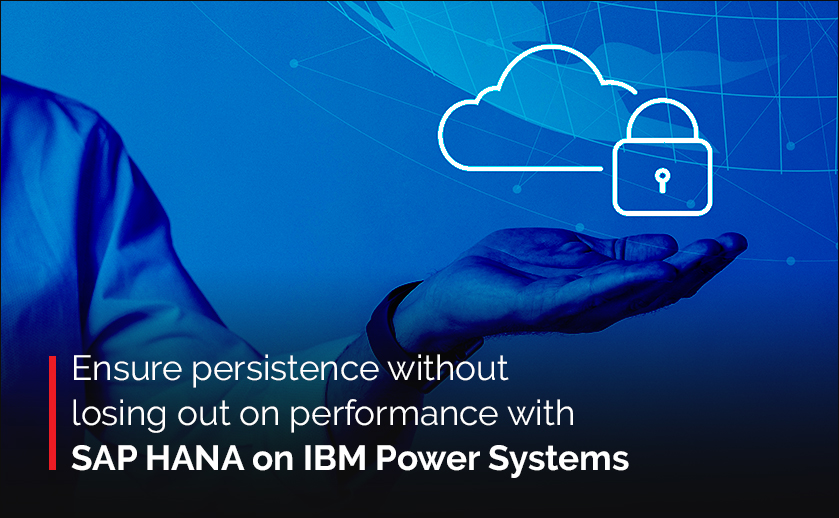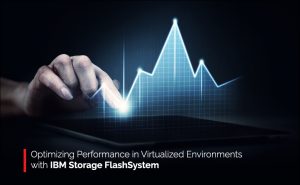Technology leaders shouldn’t be surprised that IBM’s preferred strategy for existing and upcoming memory tech is embracing the open ecosystem that gives users the option to help resolve real issues. After the initial joint announcement from IBM and SAP regarding support for SAP HANA on IBM Power Systems, IBM chose a different path than other authorized SAP hardware vendors. The organization analyzed the hurdles faced by the users and came up with innovative solutions that solve the limitations with resiliency, excellent performance, flexibility, and virtualization.
We are aware that more and more users are adopting SAP HANA on IBM Power Systems from the precise market data, and we have observed exceptional growth in the Enterprise Linux market. IBM had an exact approach when it came to persistent memory. Instead of using a single persistent memory tech and vendor, IBM chose to execute multiple memory tech vendors and have a complete range of solutions that users could possibly leverage in certain situations without having to buy new hardware at all.
IBM bought in a new feature christened Virtual Persistent Memory (vPMEM) to IBM Power Systems in its virtualization platform (IBM PowerVM). It dealt with user demands like:
- Clients needed options, and all x86 vendors adopting a single persistence technology from Intel are technically the same proprietary technology.
- Clients want to add the persistent memory capability without having to rip and replace or buy expensive add-ons to the hardware they just recently purchased.
- Clients (on x86 or Power) preferred not to have tradeoff performance for persistence.
- The current SAP HANA on IBM Power clients does not have so many server outages, but they wanted to restart faster after repairing their software stack.
IBM Power Systems’ approach to persistent memory
With the above demands in mind, IBM’s approach was based on the following:
Ensured persistence without missing out or compromising performance: IBM vPMEM is an improvement in PowerVM that introduces the capability to configure persistent volumes using the available DRAM technology. This is being made available on current POWER9 processor-based systems with a single firmware upgrade, and that too at no additional price. There are no extra memory modules or hardware components required on Power Systems with this solution; this capability is embedded on top of the standard memory DIMMs present on IBM Power Systems.
By managing data persistence across application and partition restarts, it is designed to allow IBM clients to deploy fast restart of a workload using persistent memory for most of their planned maintenance and unplanned outages without losing out on the performance of HANA during regular use.
Adopting an open ecosystem of hybrid memory tech: IBM firmly believes that in the forthcoming years, there will exist a wide range of new memory tech that is built to disrupt the industry, offer persistence features with a range of cost and performance that reduces the hardware prices without decelerating in-memory workloads like SAP HANA. Multiple memory partners will provide such technologies, and IBM plans to be right at the centre of the action while deploying industry standards.
Advantages to the SAP HANA platform
The solution, as mentioned above, enabled customers to simultaneously improve the SAP HANA restart time and decrease the shutdown time. It results in a significant reduction of maintenance related to the SAP HANA environment; thus, it helps maximize the uptime of the SAP HANA environment for business.






